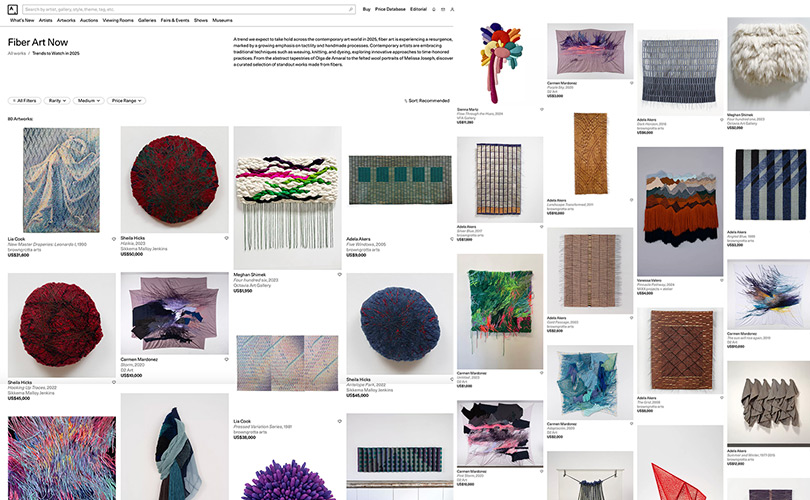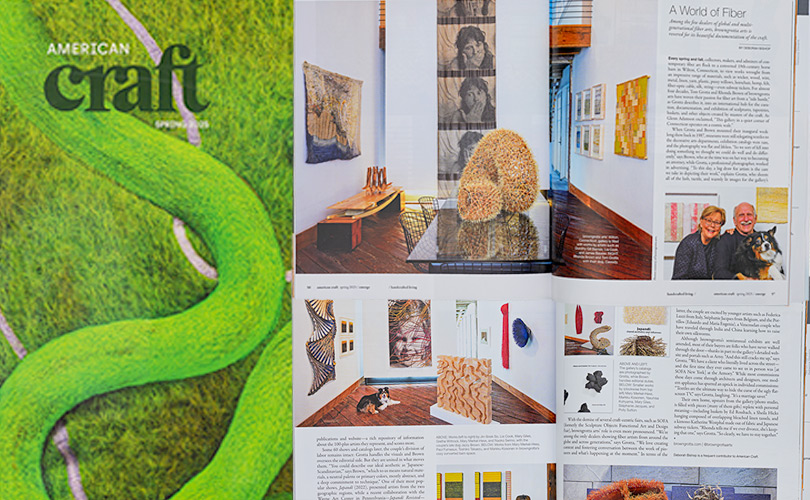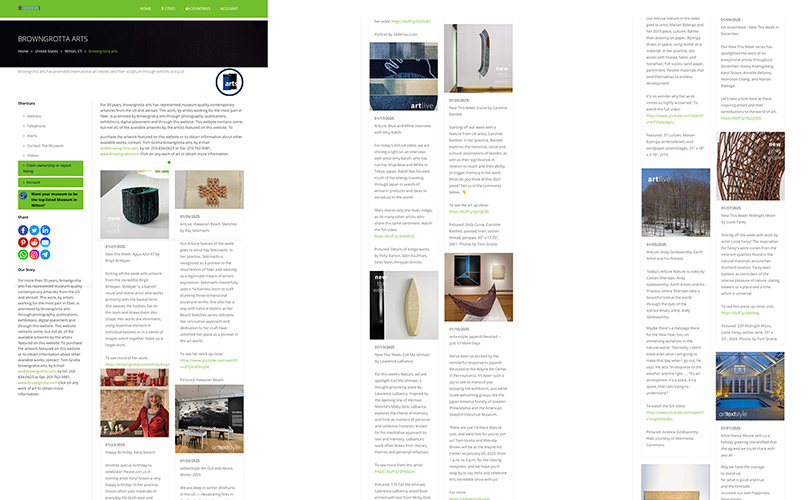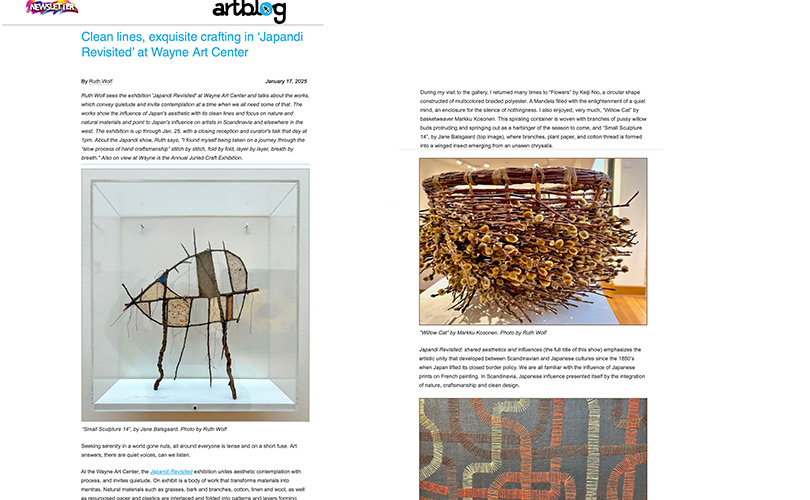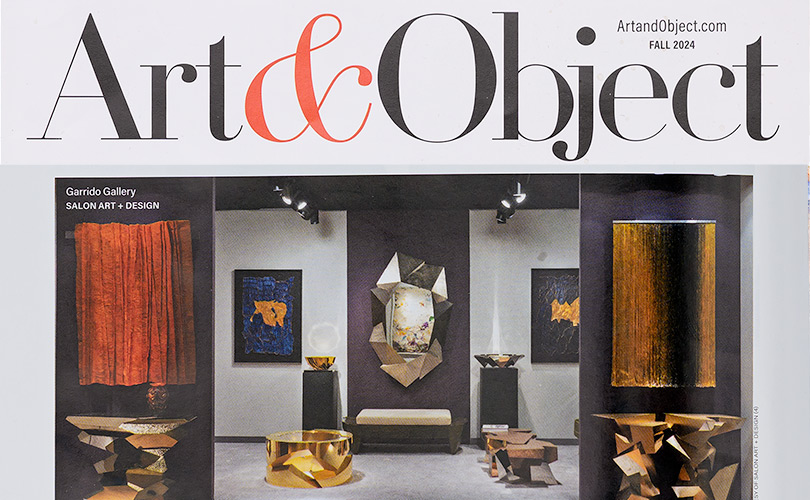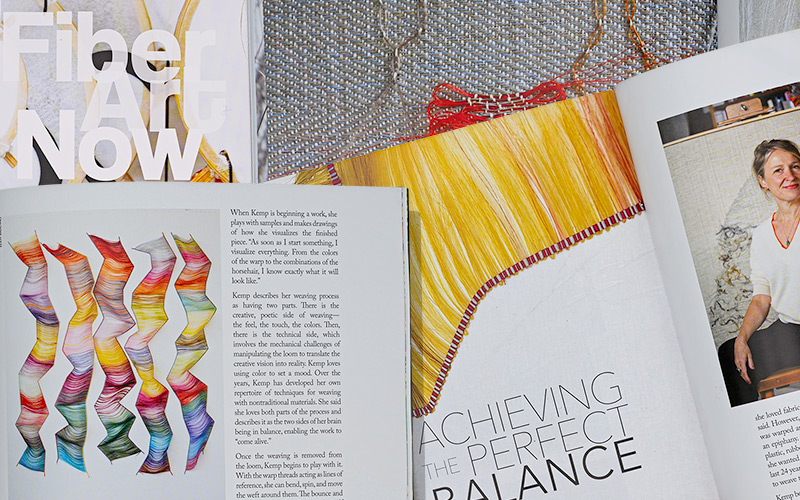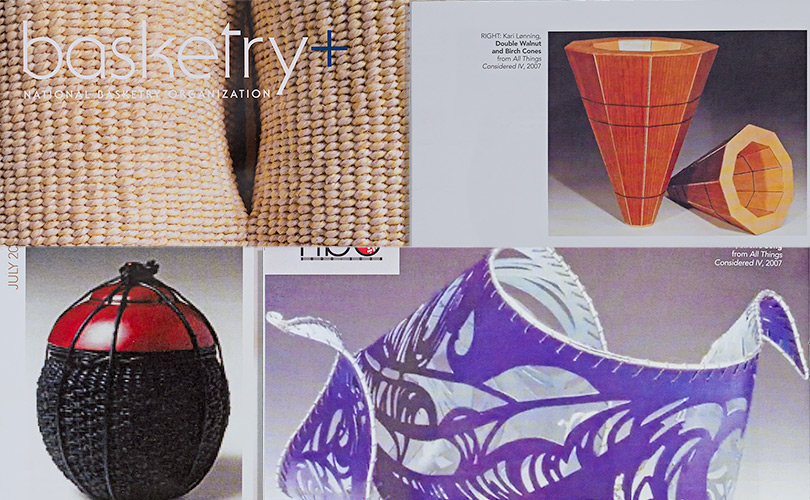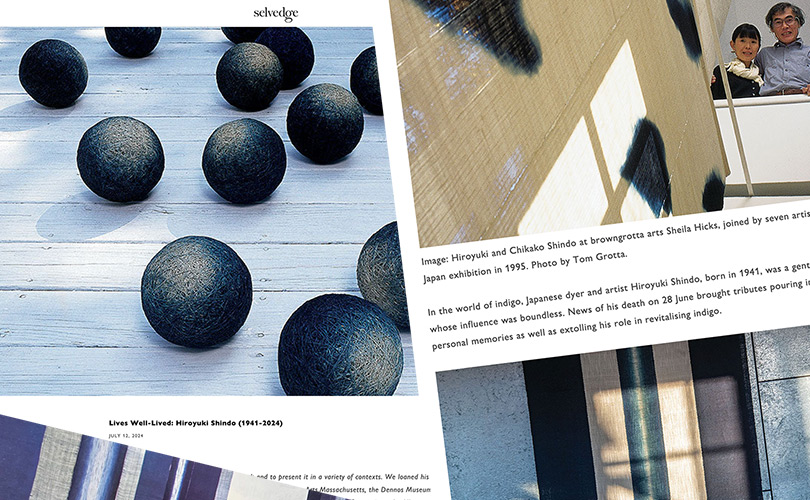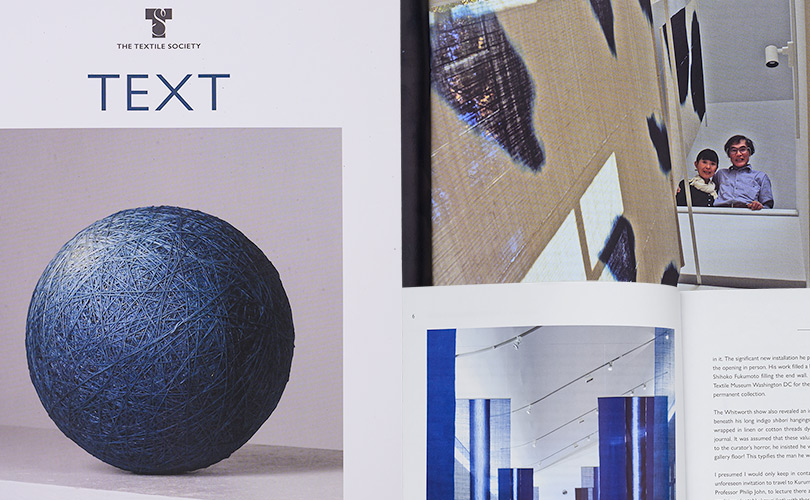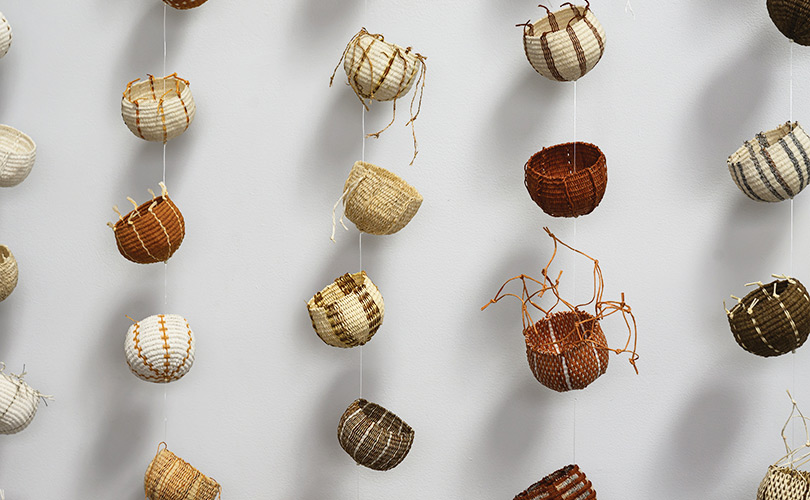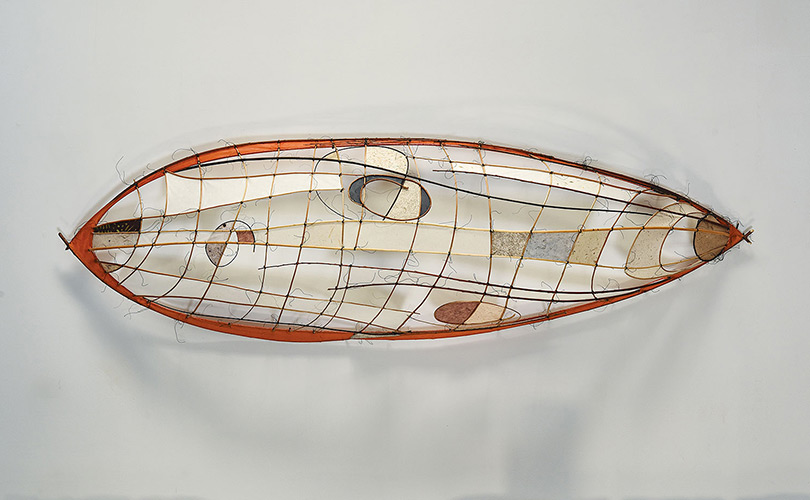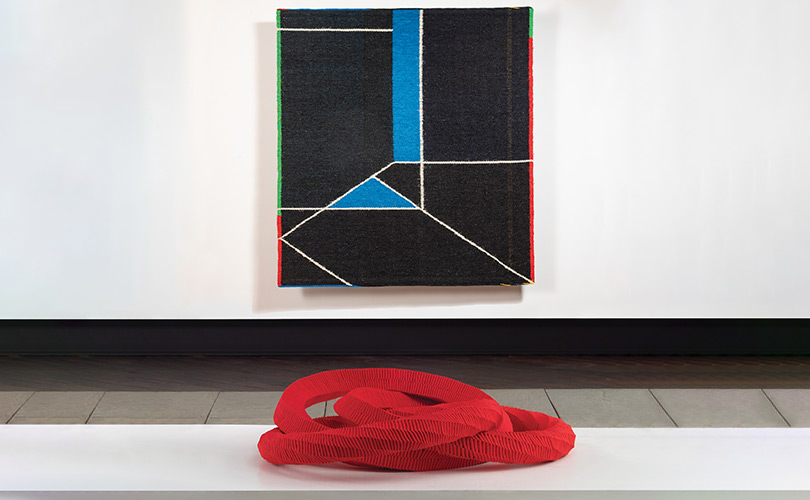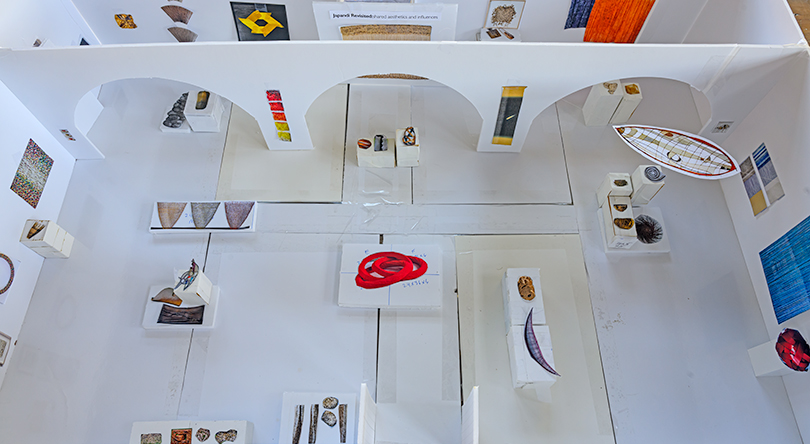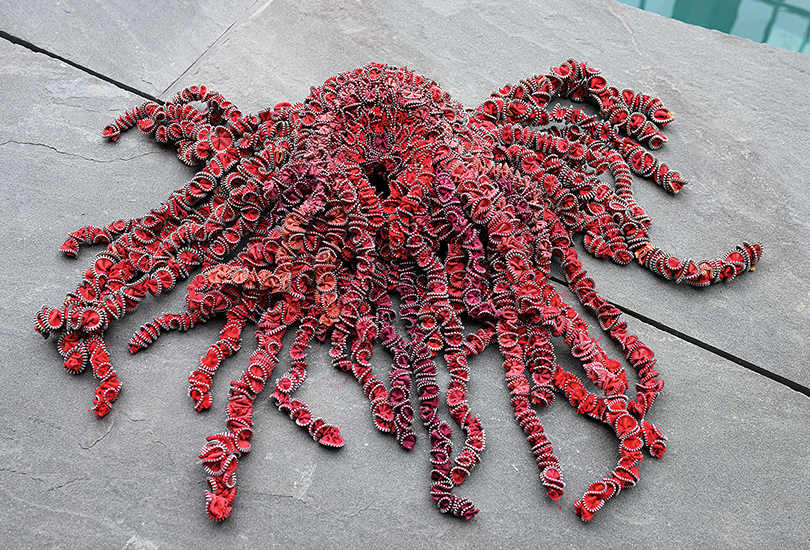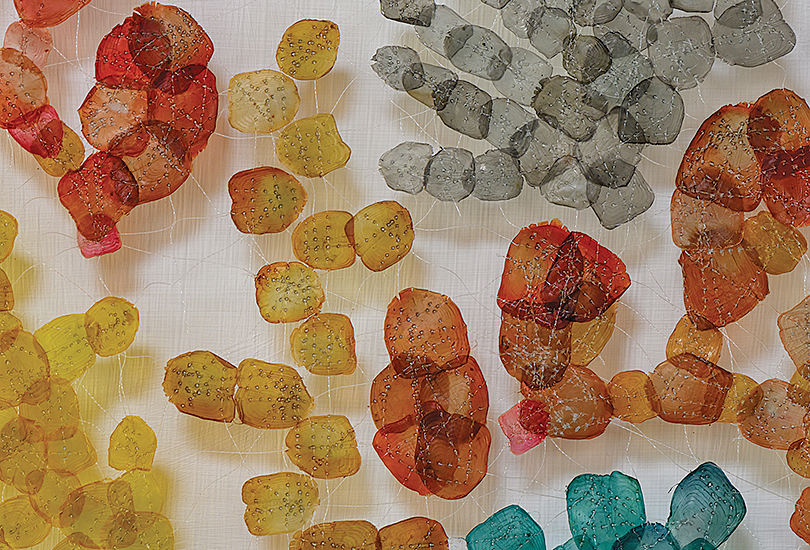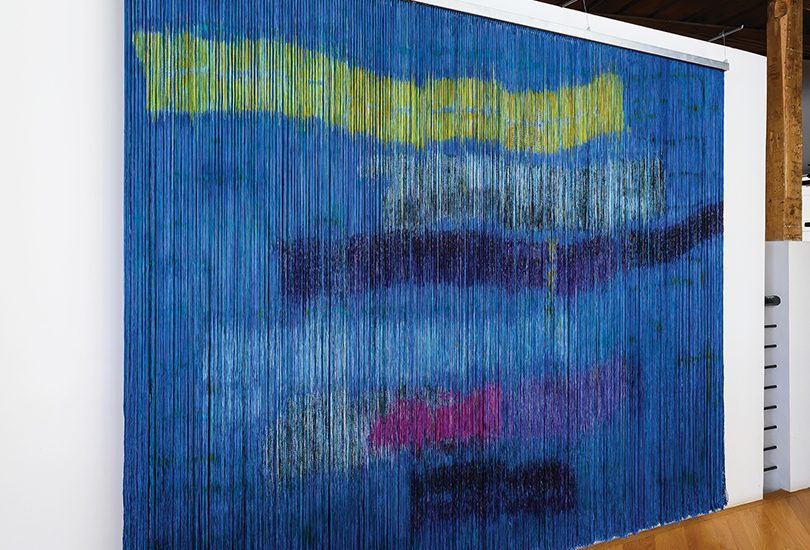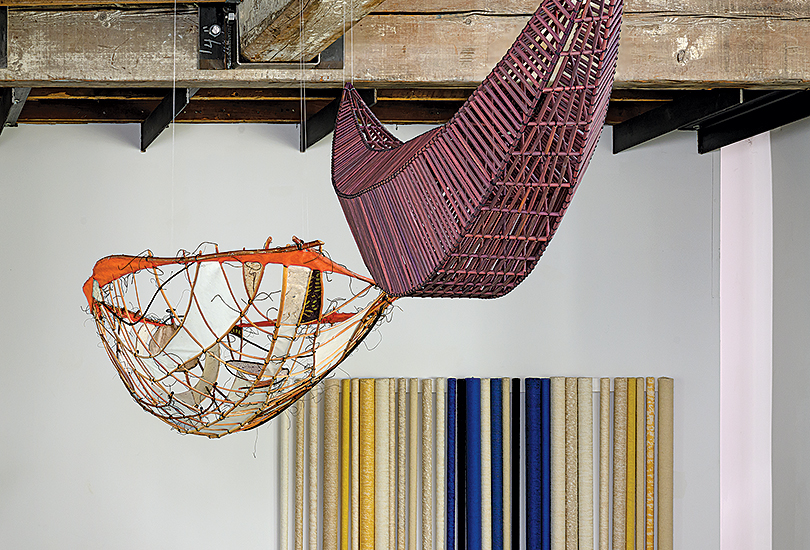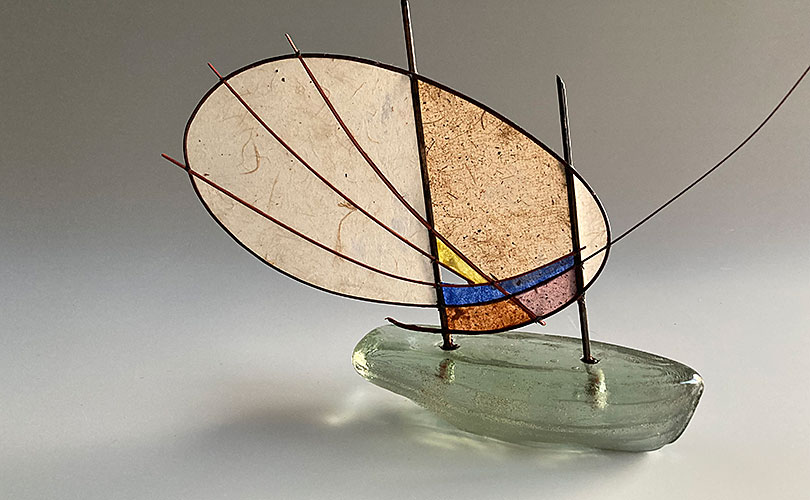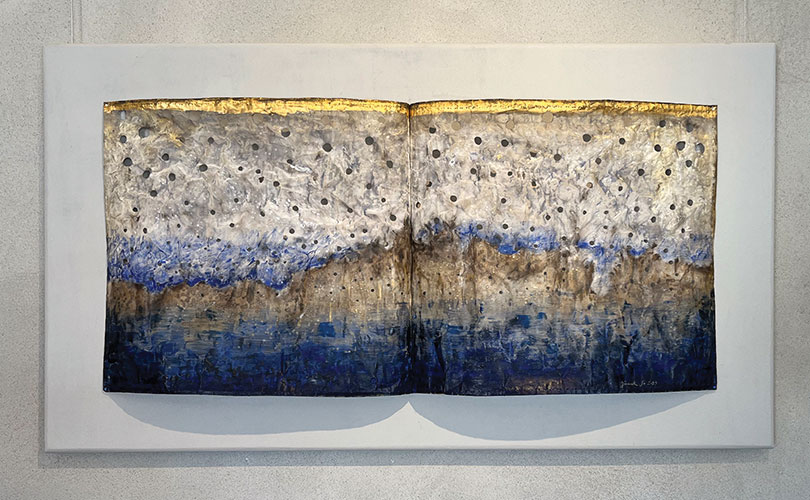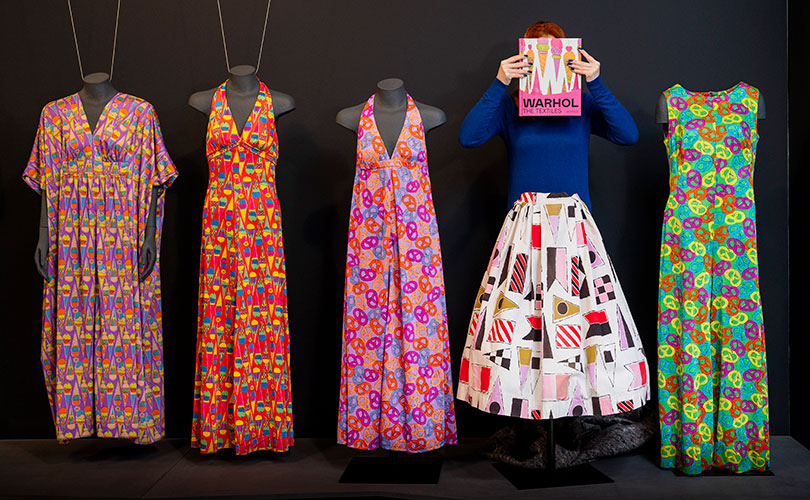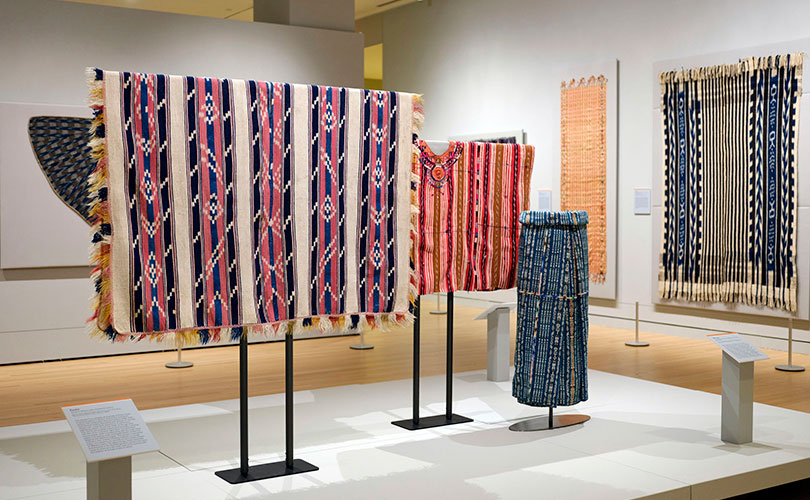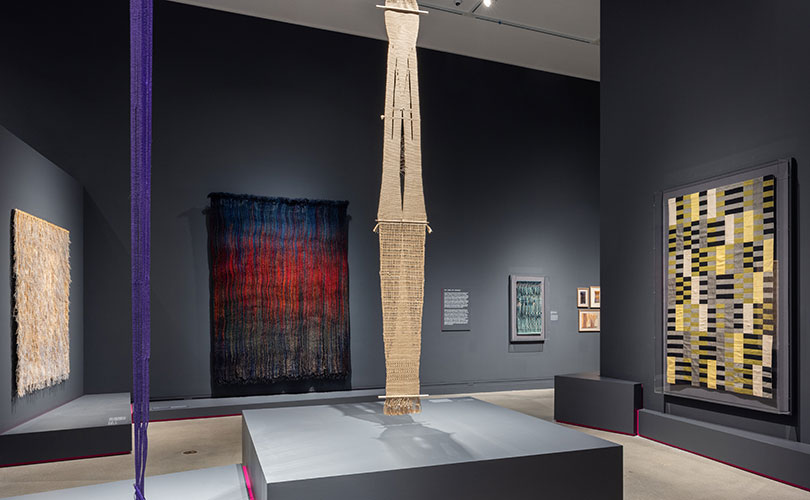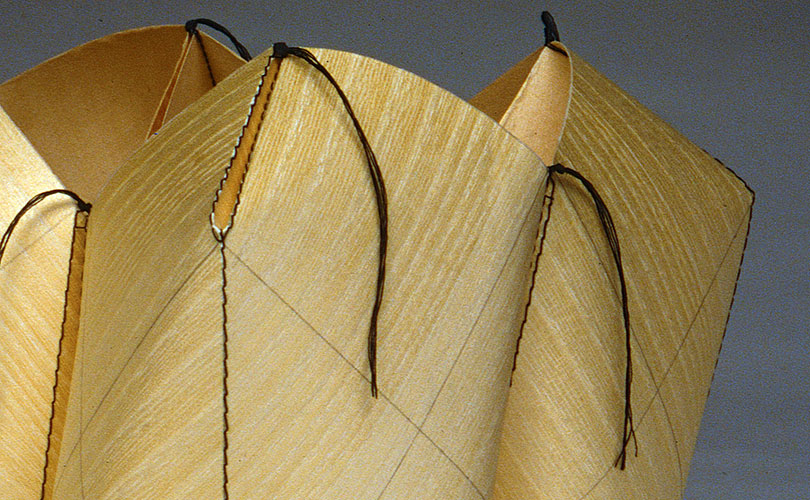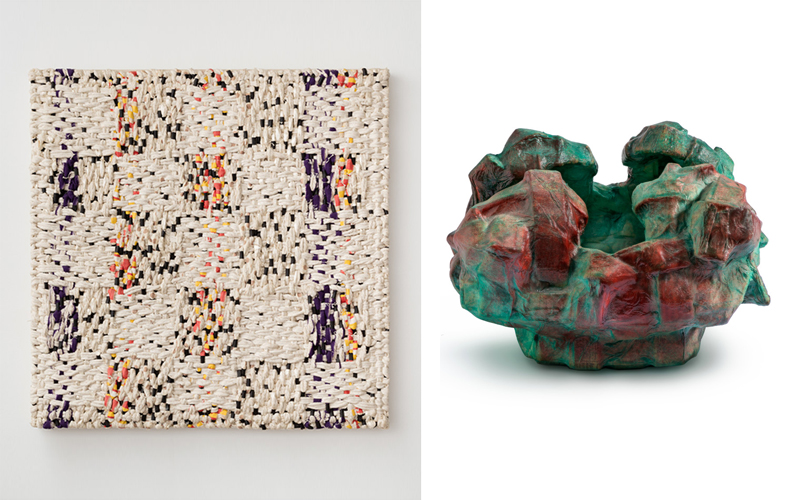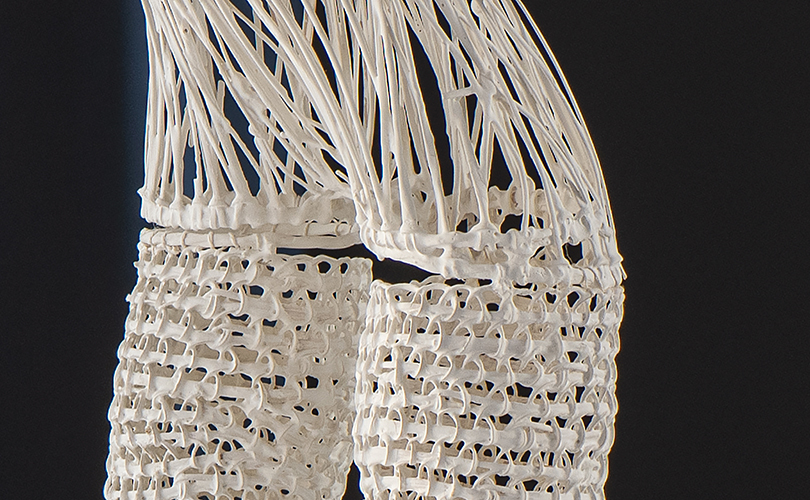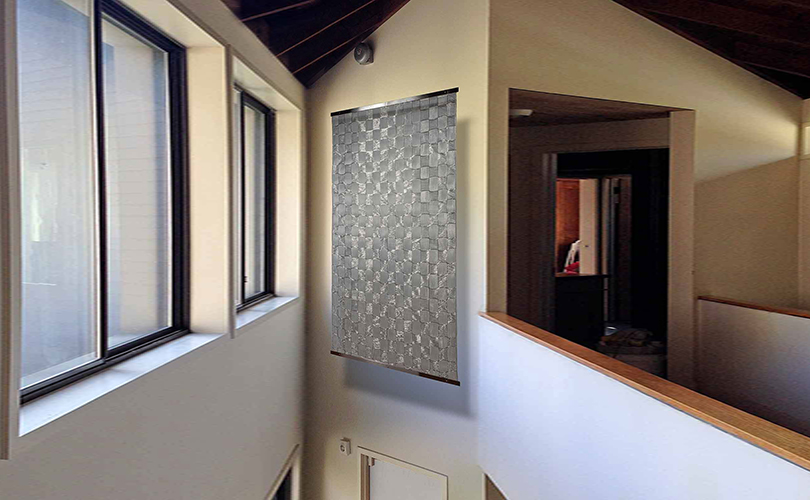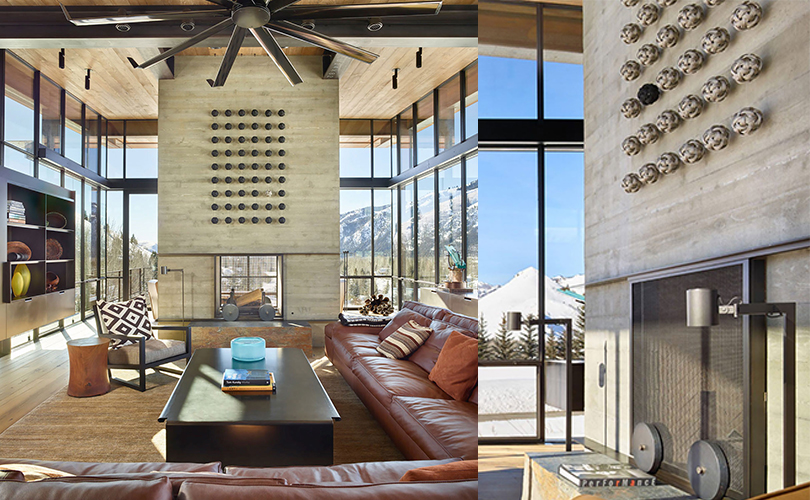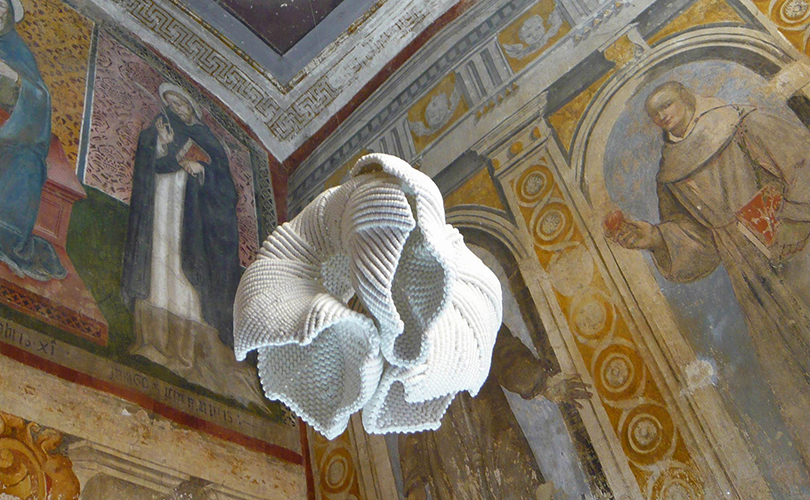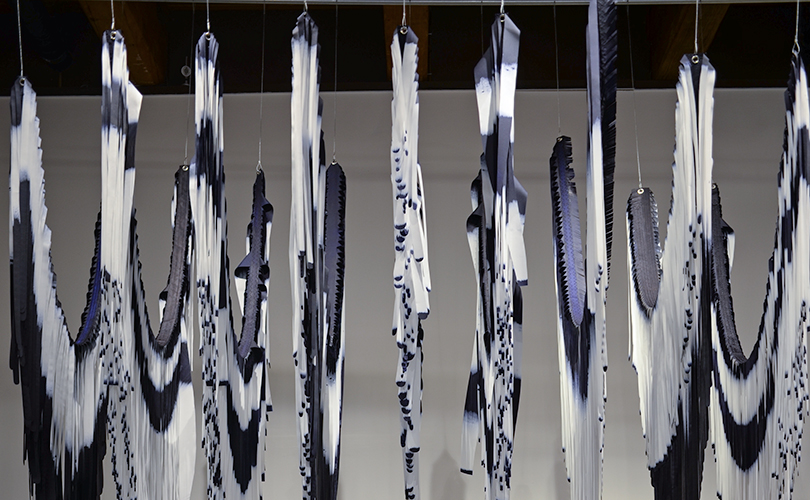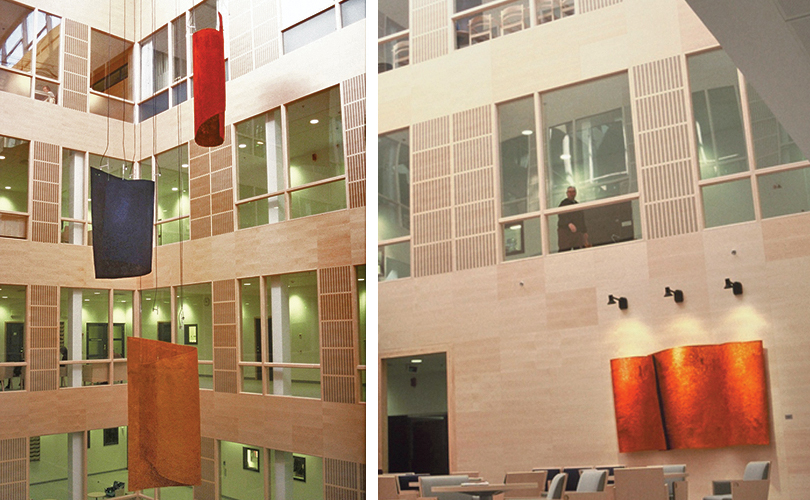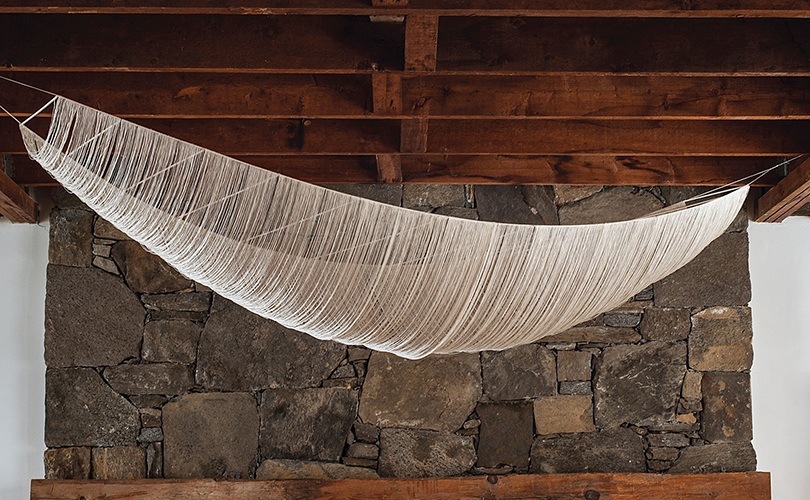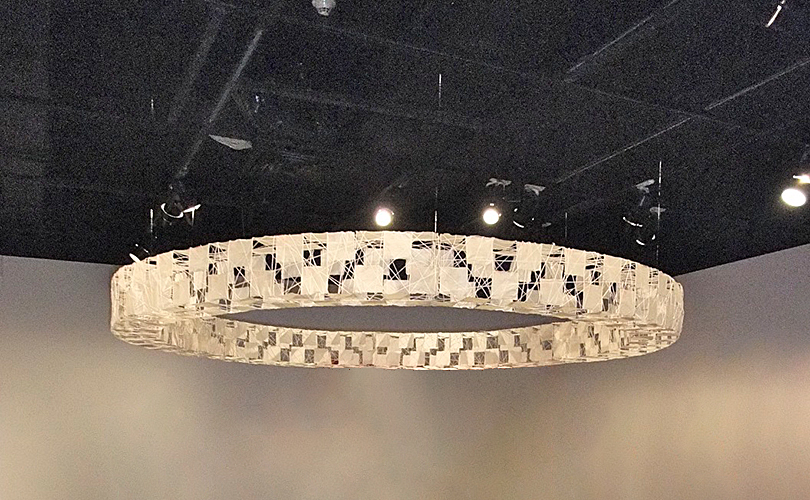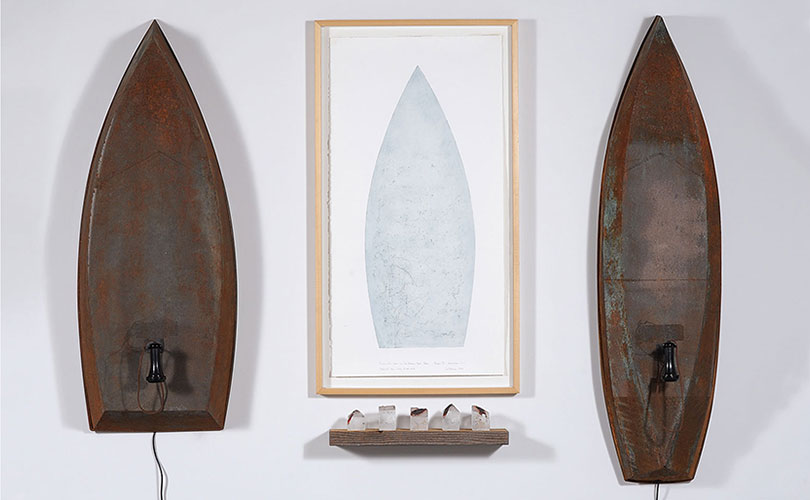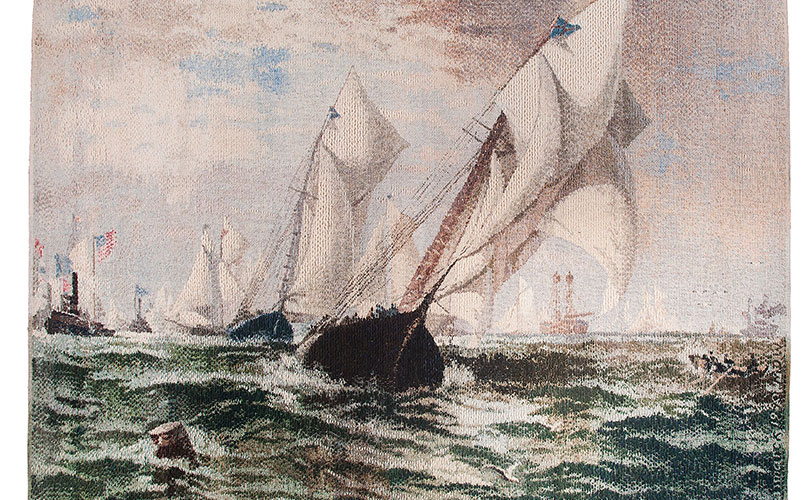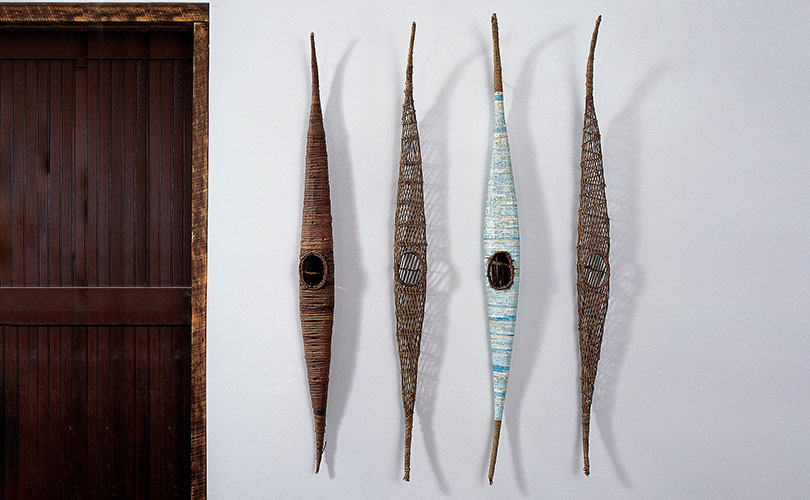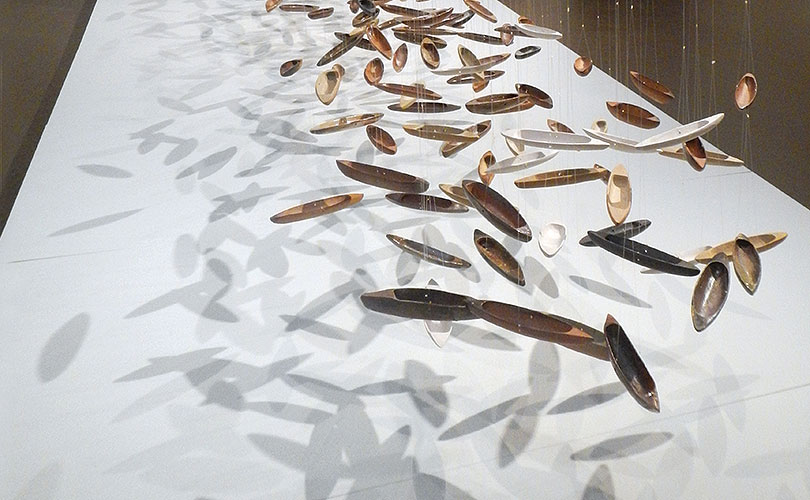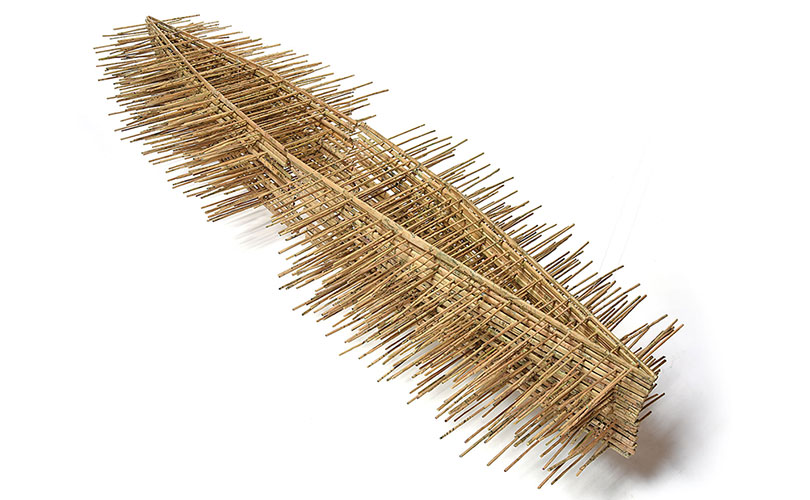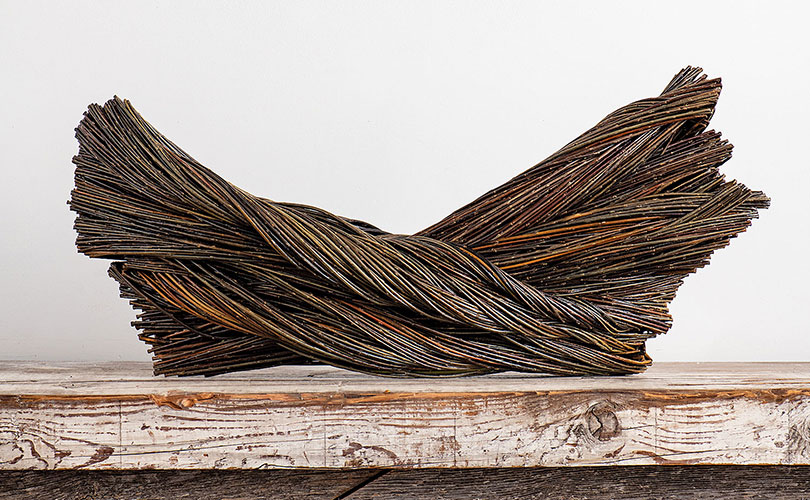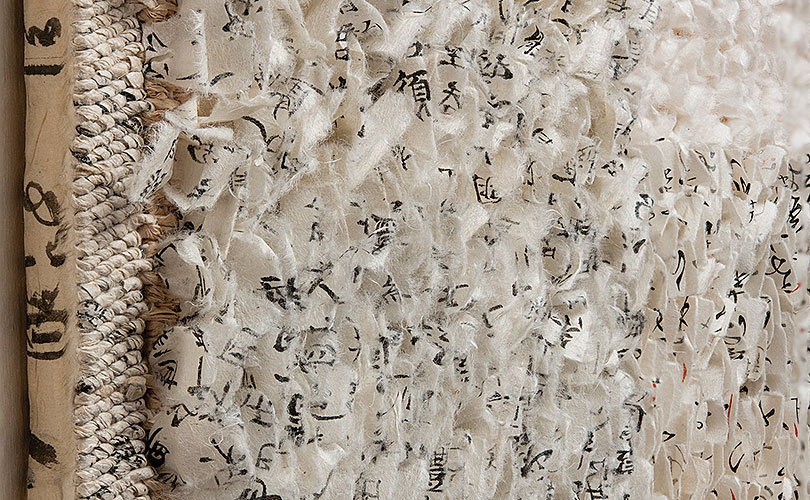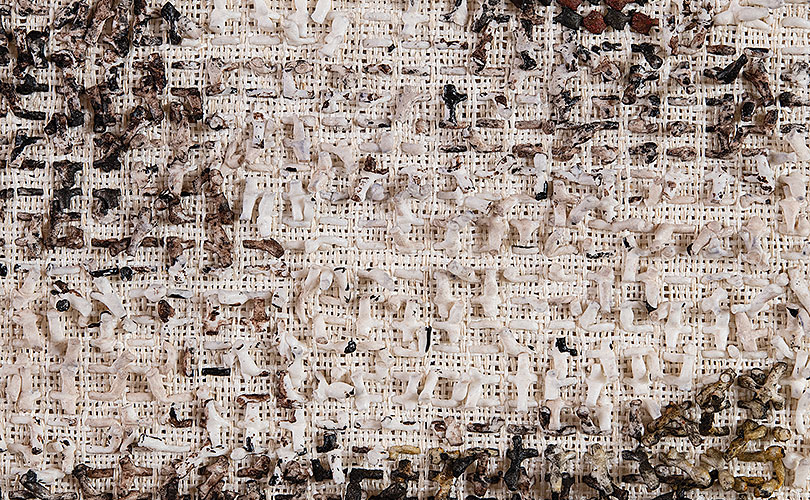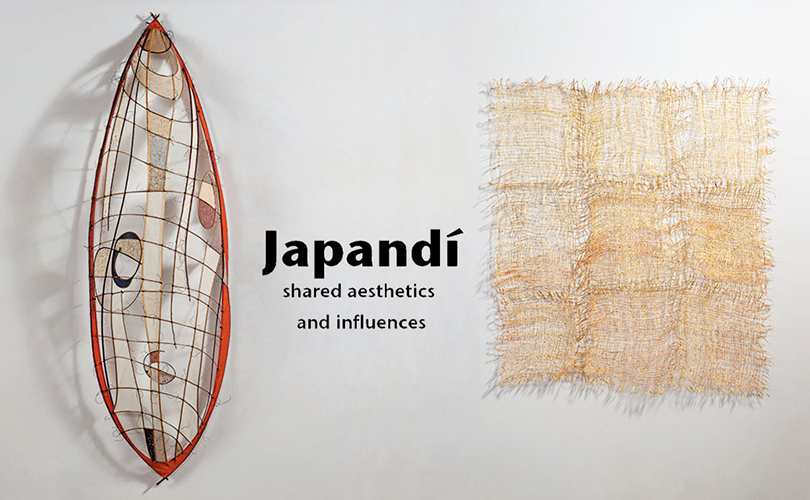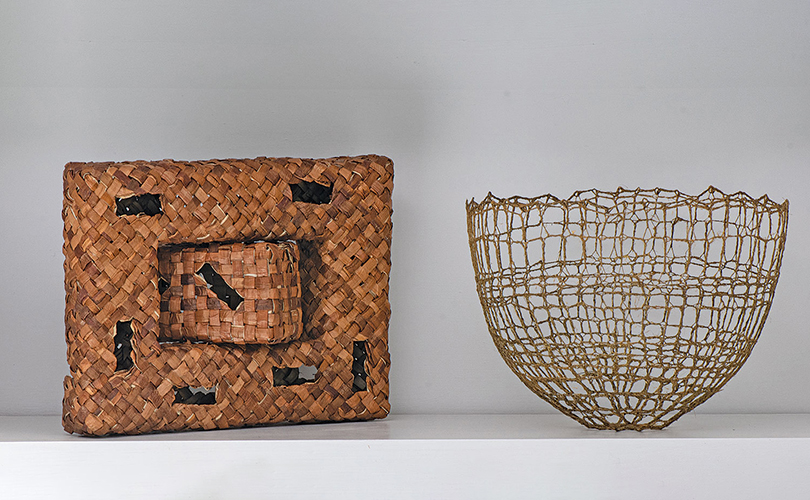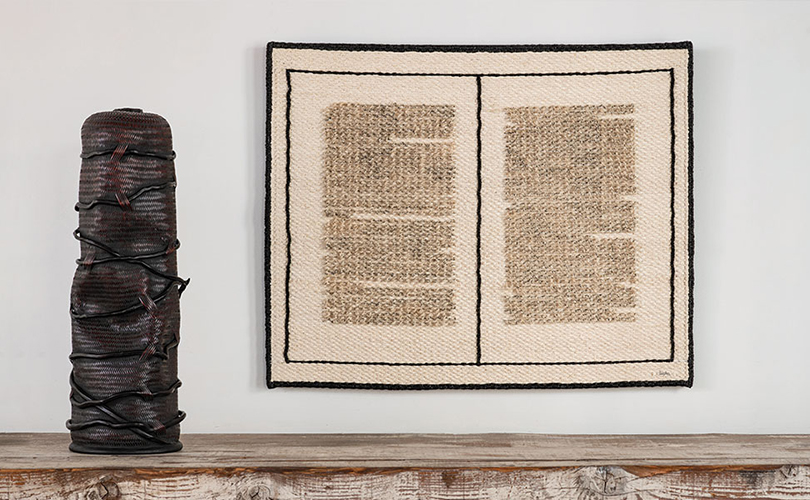This year continues to deliver when it comes to exciting and immersive exhibitions of fiber art. Artists that work with browngrotta arts are included in exhibitions in Montana, Boston, Trondberg, Norway, and San Diego, California. Elsewhere are monumental tapestries and imaginative presentations from Berkeley, California to Tilburg, the Netherlands, to Miami, Florida to North Jyland, Denmark and parts in between.
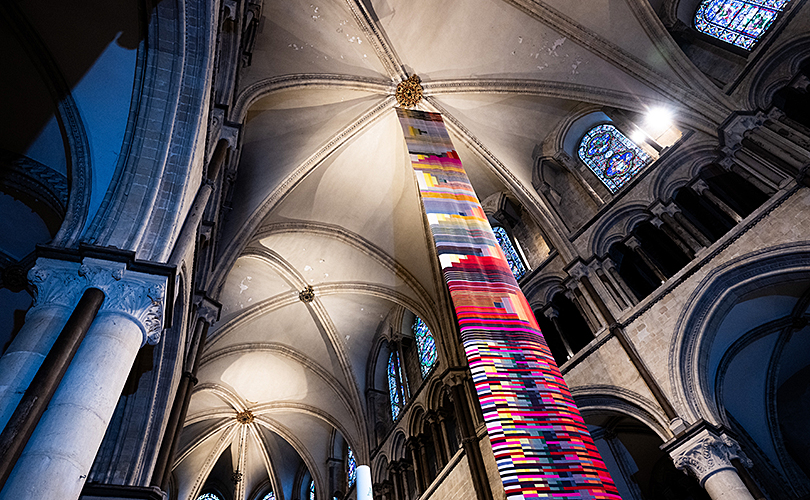
Moon Landing: an immersive textile and musical collaboration
Through August 31, 2025
Canterbury Cathedral
Cathedral House
11 The Precincts
Canterbury, CT1 2EH
United Kingdom
https://www.canterbury-cathedral.org/whats-on/events/moon-landing
This summer, the medieval splendour of Canterbury Cathedral will complement a stunning free-to-view modern art installation inspired by the little-known story of the women who wove the integrated computer circuits and memory cores which enabled the 1969 moon landing. The breathtaking installation moon landing – a duo work created by British textile artist and designer of woven textiles, Margo Selby, and award-winning composer, Helen Caddick – comprises a vibrant 16-meter hand-woven textile suspended from the ceiling near the Cathedral’s Trinity Chapel, created in response to the moon landing score, an original musical piece scored for strings. It is a celebration of the mathematical and technical possibilities of weaving and the crossovers of pattern, tone and rhythm found in both music and woven textiles.
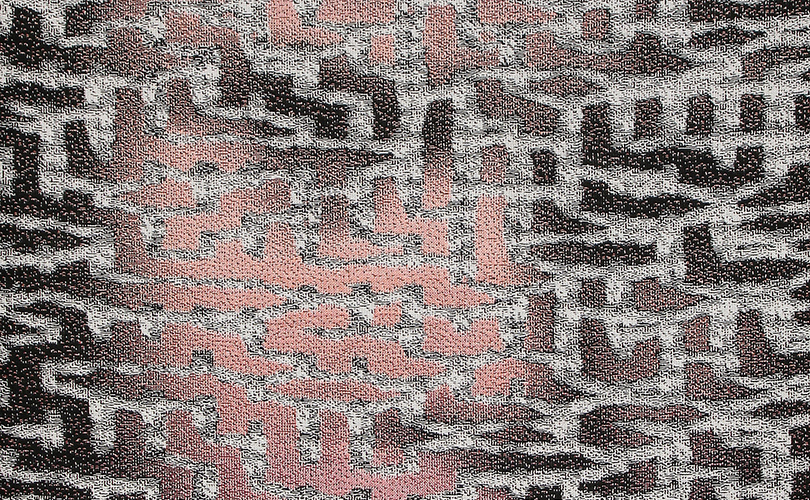
Digital Weaving Norway
From August 12 – 15, 2025
Solgaard Skog 132, 1599
Moss, Norway
https://digitalweaving.no
Lia Cook’s work will be featured in the exhibition of Digital Weaving – Innovation Through Pixels in Norway — a conference and exhibition celebrating the 30th Anniversary of the TC-Looms with Digital Weaving Norway (August 12–15).
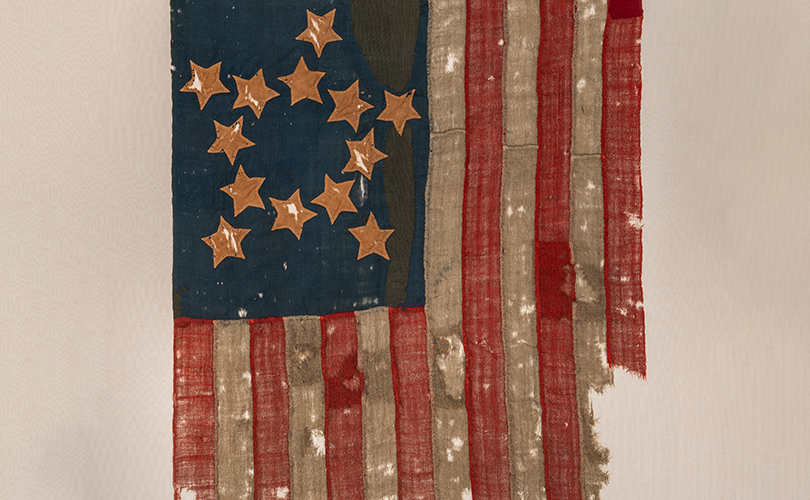
Banners of History: An Exhibition of Original Revolutionary War Flags
Through August 10, 2025
Museum of American Revolution
101 South Third Street
Philadelphia, PA
https://www.amrevmuseum.org/exhibits/banners-of-liberty-an-exhibition-of-original-revolutionary-war-flag
A significant use of fiber throughout the world is in the creation of flags. In preparation for the 250th Anniversary of the birth of the United States, the Museum of the American Revolutionary in Philadelphia, Pennsylvania, has mounted an expansive exhibition of flags from the early part of the Nation’s history. The exhibition, dispalyed in the Museum’s first-floor Patriots Gallery, features the largest gathering of rare and significant Revolutionary War flags in more than two centuries. This one you see online!
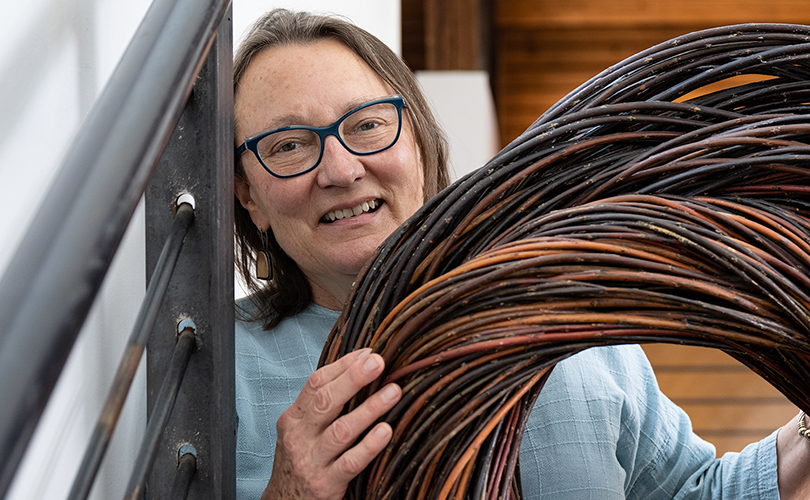
Willow Woven
Through August 6, 2025
Studio Gallery
Hennebery Eddy Architects’
109 N Rouse
Bozeman, MT
https://downtownbozeman.org/summer-art-walks
Willow Woven, by Christine Joy, part of Bozeman, Montana’s Art Walk is on view in the window of Hennebery Eddy Architects’ Studio Gallery until August 6th, 2025.
On public display in the studio’s storefront window, the gallery is about making connections — with neighbors, friends, clients, and colleagues. The alternating exhibits at the Studio Gallery feature curated staff and visiting artist displays that spark new ideas and promote a shared sense of place.

Lee ShinJa: Drawing with Thread
Through February 1, 2026
Berkeley Art Museum and Pacific Film Archives (BAMPFA)
215 Center Street
Berkeley, CA
https://bampfa.org/program/lee-shinja-drawing-thread
Lee ShinJa: Drawing with Thread at BAMPFA in Berkeley, California is the first North American survey of the captivating work of the under-recognized Korean artist Lee ShinJa (b. 1930, Uljin, South Korea; lives and works in Seoul). Lee ShinJa worked throughout the five decades of contemporary fiber arts’ history, from the 1950s to the early 2000s, the exhibition showcases the artist’s bold innovations in fiber through 40 monumental textile works, woven maquettes, and preparatory sketches. Like artists from other Eastern Europe, her artworks from the 1950s incorporate everyday objects and found materials, such as grain sacks, mosquito nets, and domestic wallpaper; notably, she used yarn salvaged from secondhand sweaters and bedding to make her earliest tapestries

Kunstbygningen/Vrå Udstillingen
Museum for Contemporary Art in North-Jylland
Højskolevej 3A
9760 Vrå, Denmark
Through July 27 – August 31, 2026
https://www.kunstbygningenvraa.dk/vraa-udstillingen]
Jane Balsgaard will hang a several-part relief in an exhibition at the Vrå-Udstilligen in North Jylland, Denmark through August 31st. The opening party is July 26 at 2:00 pm. The exhibition is supported by the Danish State Art Foundation.

Liz Collins: Motherlode
Through January 11, 2026
RISD Museum
20 North Main Street
Providence, RI
https://risdmuseum.org/exhibitions-events/exhibitions/liz-collins
On July 19, the RISD Museum will open the first U.S. survey of artist Liz Collins’ genre-defying work. As the Museum explains, “For more than three decades, Collins has moved fluidly among the realms of fine art, fashion, and design, pushing material and technical boundaries to create works that evoke a depth of emotion, energy, and individual expression. The exhibition, titled Liz Collins: Motherlode, will feature more than 80 objects, capturing for the first time the full arc of Collins’ career from the 1980s to the present day. Motherlode includes important examples of her immersive textile installations and wallworks, intricate and monumental woven hangings, fashion, needlework, drawings, performance documentation, and ephemera. In keeping with the RISD Museum’s commitment to centering makers and broadening perspectives, the exhibition vividly showcases the trailblazing nature of Collins’ work as well as the artist’s deep commitment to illuminating Queer feminist creative practice and environmental activism.” Liz Collins: Motherlode will remain on view at RISD Museum through January 11, 2026. The exhibition is curated by Kate Irvin, RISD Museum’s department head and curator of costume and textiles.
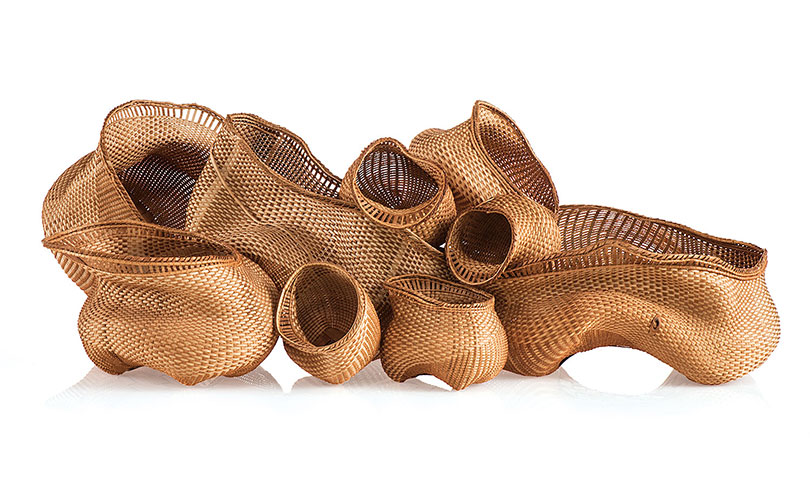
State Fair: Growing American Craft
August 22 – September 7, 2026
Renwick Gallery, Smithsonian American Art Museum
Pennsylvania Avenue at 17th Street, NW
Washington, DC
https://americanart.si.edu/exhibitions/state-fairs
Polly Adams Sutton‘s work is in the permanent collection of the Smithsonian American Art Museum and will be featured in the Smithsonian’s upcoming exhibition, State Fair: Growing American Craft, which includes exceptional examples of American craft, highlighting personal stories and regional and cultural traditions.

We Will Sing
Through November 2, 2025
1A Aldermanbury
Bradford, UK
https://bradford2025.co.uk/event/we-will-sing
We Will Sing is a work of memory and imagining. Drawing on the origins of the textile processes that once filled the huge Salts Mill textile works built in 1853, a site-responsive installation by Ann Hamilton weaves together voice, song and printed word in a material surround made from raw and woven wool sourced from local textile companies H Dawson, based at Salts Mill, and William Halstead, which celebrates its 150th anniversary in 2025. We Will Sing is the first major work created by Hamilton in the UK for more than 30 years, and the first time all three spaces on the vast top floor of Salts Mill have been combined to present a single artwork. (We’ve been big fans of Hamilton’s immersive installations since she transformed our neighborhood museum, the Aldrich, in the 1990s.)
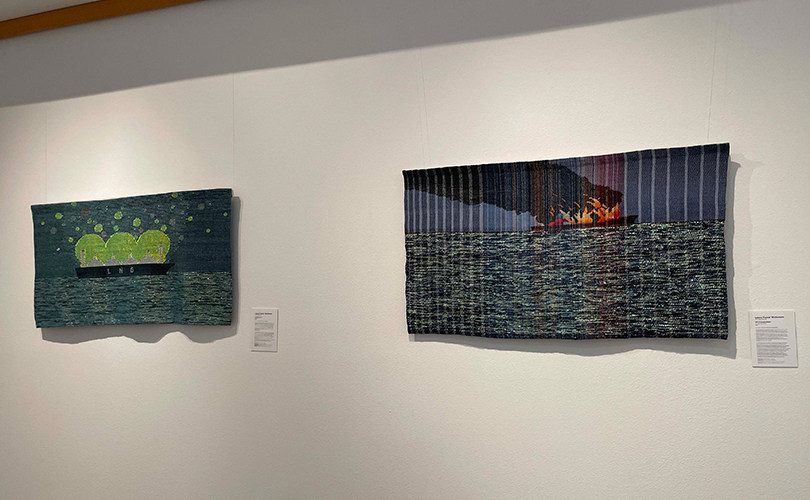
Human Affects
Through October 4, 2025
Visions Museum of Textile Art
2825 Dewey Road
Suite 100
San Diego, CA
https://vmota.org/human-affects
Human Affects is a one-person exhibition at the Visions Museum of Textile Art featuring work by
Laura Foster Nicholson. From 2020-2023, Nicholson made three related bodies of work about climate change: flooding in Venice, container ships, and the landscape and architecture of industrial agriculture and energy. A selected grouping of these themes comprises the exhibition at VMOTA, plus a few that focus more on the hope of renewable energy, careful farming, and a less destructive way of life.
And continuing:
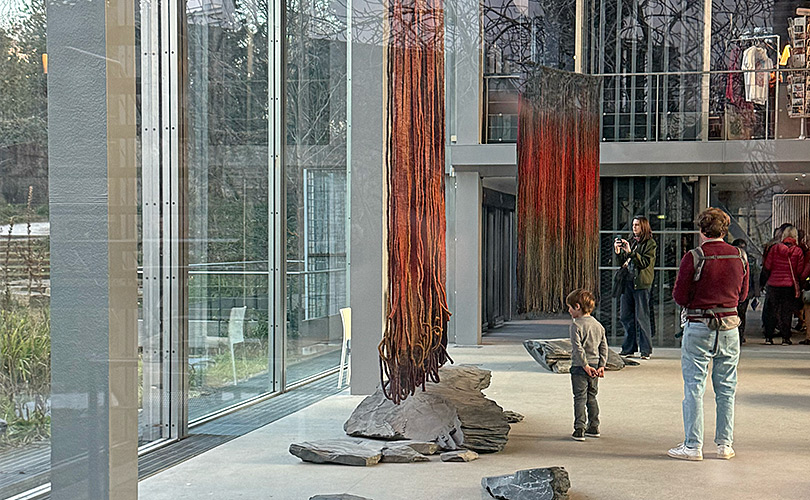
Olga de Amaral
Through October 12, 2026
Institute of Contemporary Art
61 NE 41st Street
Miami, FL
https://icamiami.org/exhibition/olga-de-amaral
ICA Miami, in collaboration with the Fondation Cartier pour l’art contemporain, presents a major retrospective of the work of Colombian artist Olga de Amaral, bringing together more than 50 works from six decades, and featuring recent and historical examples, some of which have never been presented outside of her home country.

Ruth Asawa: Retrospective
Through September 2, 2025
San Francisco Museum of Modern Art (SFMOMA)
San Francisco, CA
https://www.sfmoma.org/exhibition/ruth-asawa-retrospective
This first posthumous retrospective presents the full range of Ruth Asawa’s work and its inspirations over six decades of her career. As an artist, Asawa forged a groundbreaking practice through her ceaseless exploration of materials and forms.
Woven Histories: Textiles and Modern Abstraction
September 13, 2025
The Museum of Modern Art
11 West 53rd Street
New York, NY
https://press.moma.org/exhibition/woven-histories
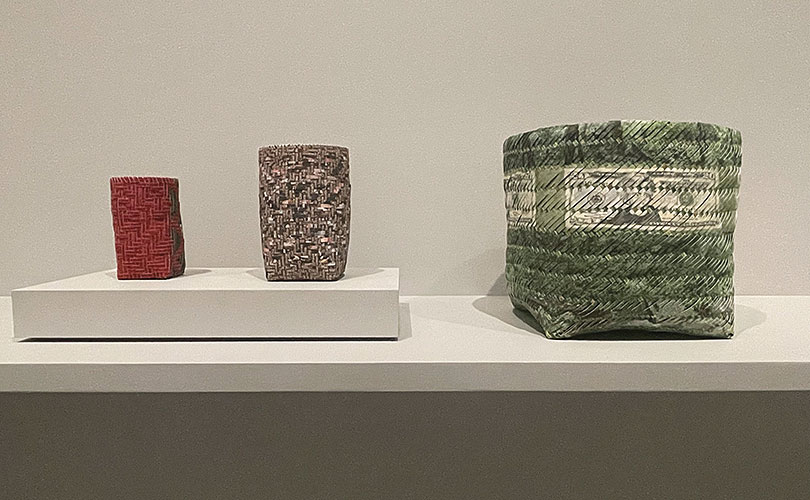
An in-depth exhibition featuring 150 works that delves into the dynamic intersections between weaving and abstraction.
Magdalena Abakanowicz – Everything is made of fiber
Through August 23, 2025
TextielMuseum
Goirkestraat 96
5046 GN Tilburg, the Netherlands
https://textielmuseum.nl/en/exhibitions/Abakanowicz
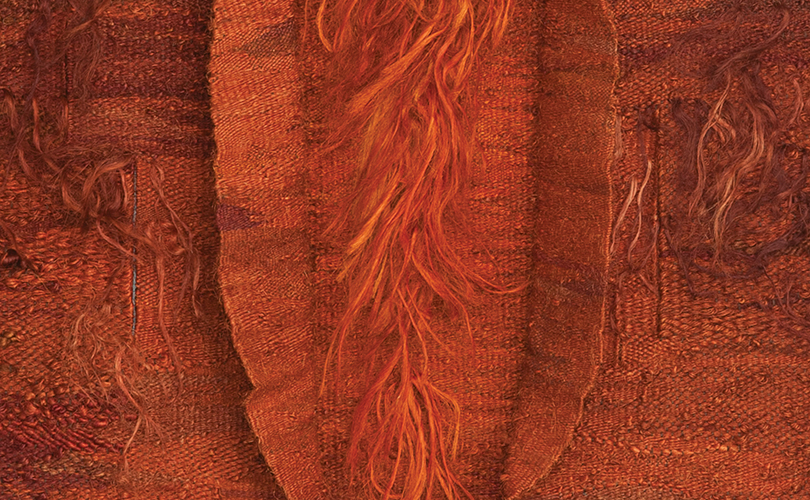
The complete story of Abakanowicz’s work, life and legacy will be told at three locations in Brabant this spring. Abakanowicz was fascinated by the texture of textiles and the structure of natural fibres. She used this fascination as a basis for her weavings, but also to depict the human body.
Almost too many to choose from — fiber art continues its time in the spotlight!

